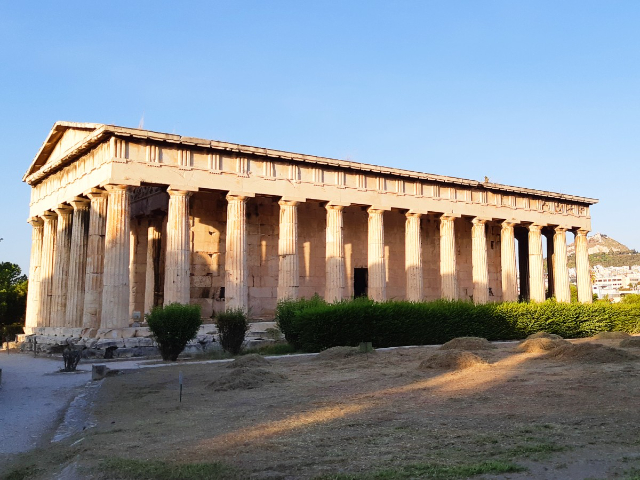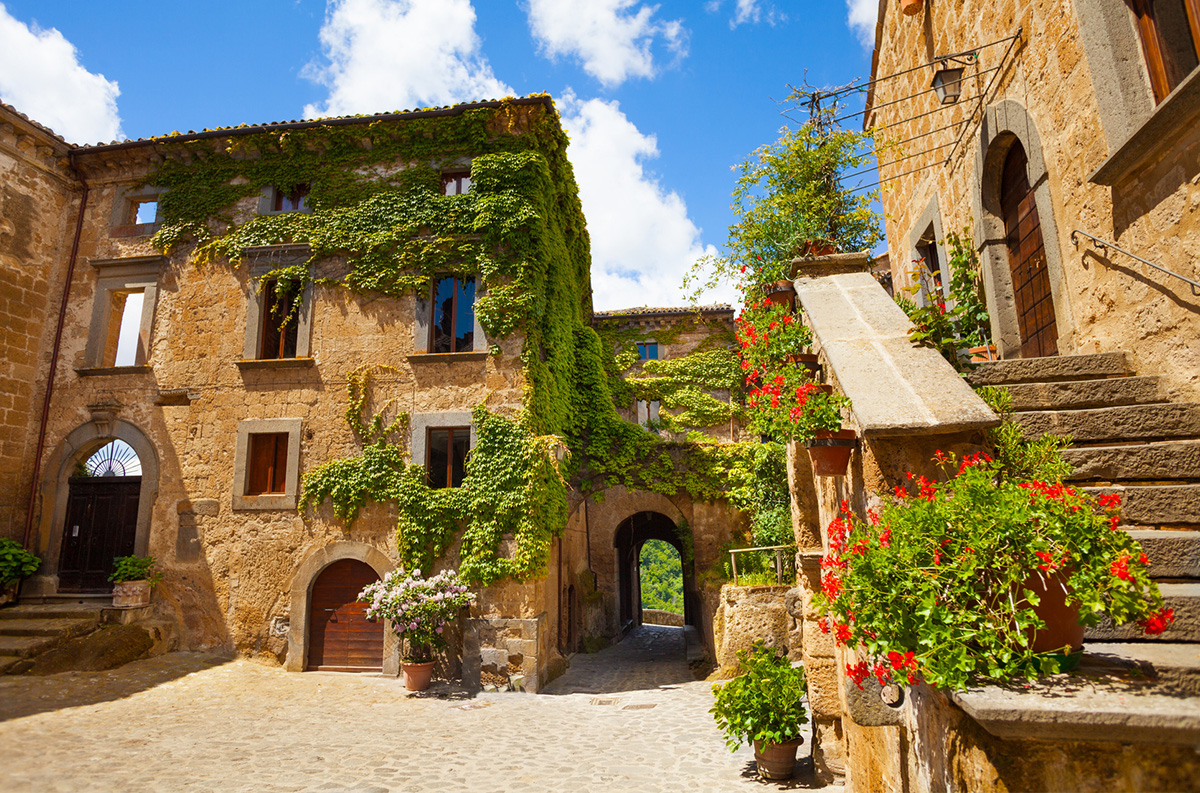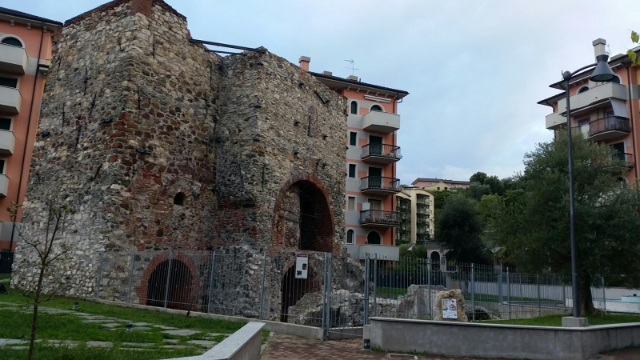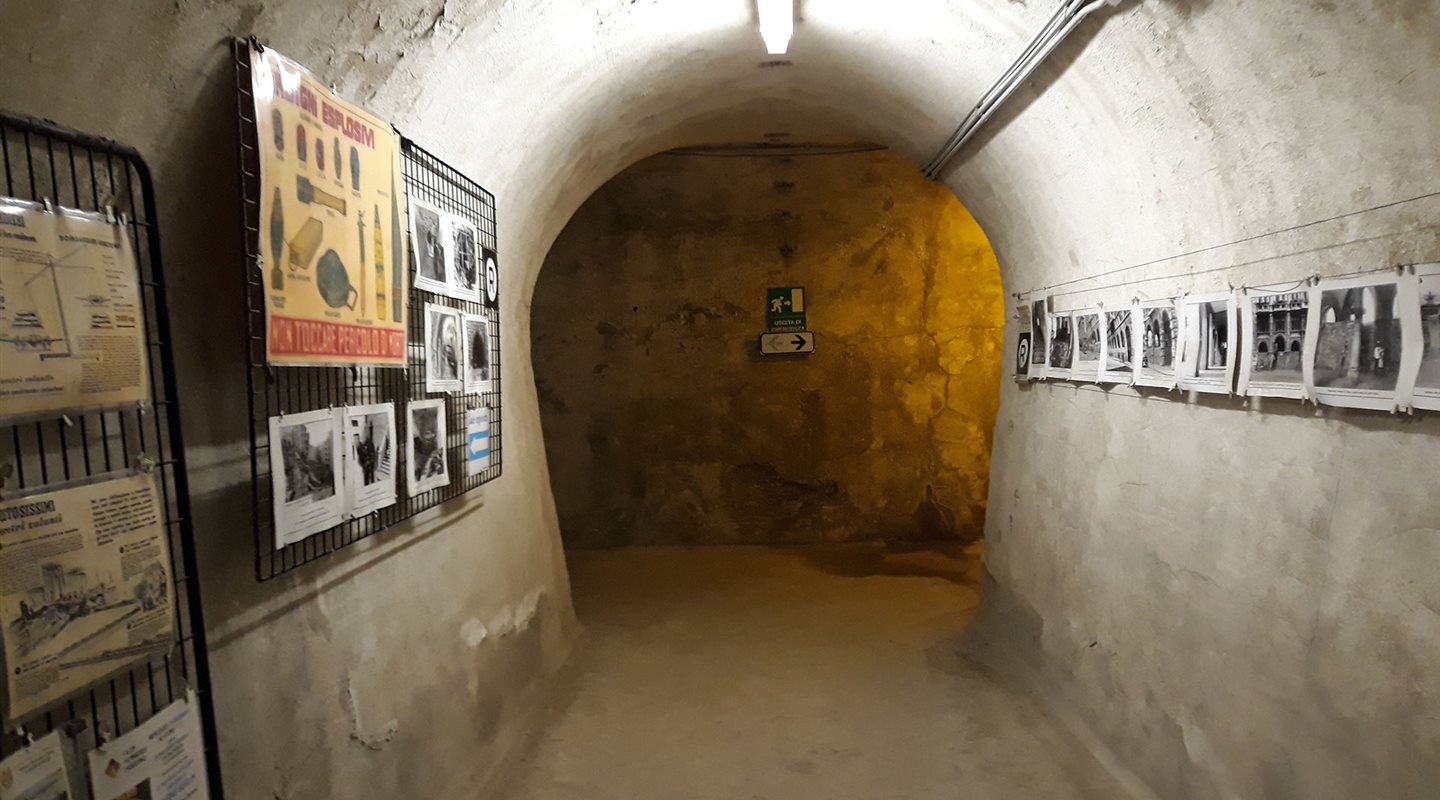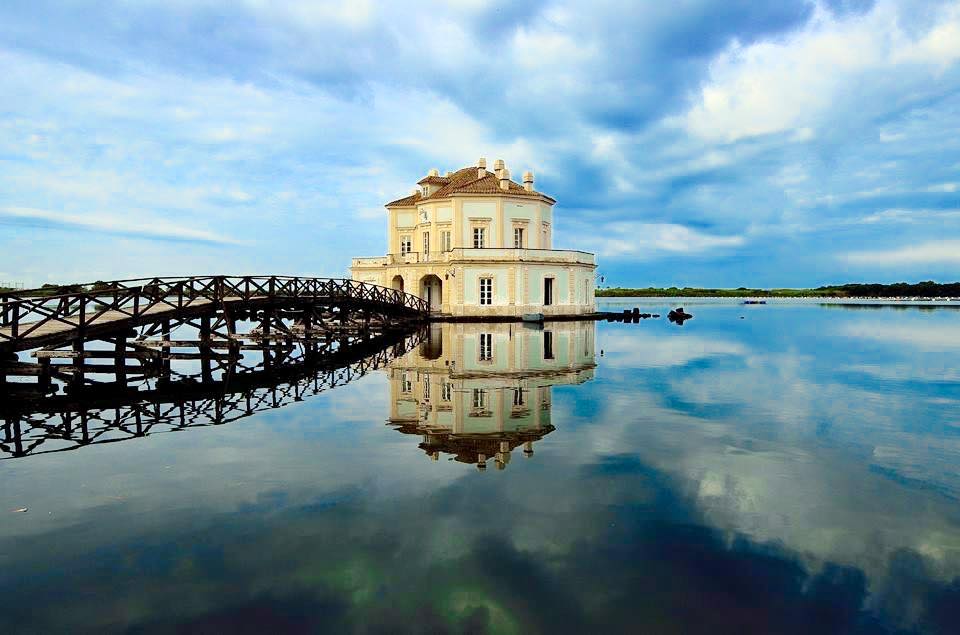The Temple of Hephaestus, located on the northwestern side of the Agora of Athens, is one of Greece’s best-preserved ancient heritage buildings. Dedicated to the ancient god of fire, Hephaestus, this temple is an outstanding example of Doric architecture.
Built between 449 and 415 BC, the temple showcases the architectural principles of the Doric style. It boasts sturdy columns, simple yet elegant ornamentation, and harmonious proportions. It’s famous for its excellent state of preservation, even after enduring earthquakes and various historical events.
The temple’s peripteral design, featuring six columns on both the front and back, is constructed from Pentelic marble. Its imposing presence and well-proportioned columns reflect the typical features of Doric architecture. The frieze that encircles the temple is adorned with bas-reliefs depicting various mythological scenes.
Throughout its history, the Temple of Hephaestus served both religious and civic purposes, underscoring its significance in the life of ancient Athens. The profusion of images and decorations on the temple reflects the cultural values and narratives of its time.
Over the centuries, the temple underwent several transformations, including its use as a burial site for Europeans during the Ottoman era. Nevertheless, the temple’s original purpose and grandeur have never been forgotten. In modern times, the temple has undergone meticulous restoration to ensure its preservation for future generations.
The columns of the Temple of Hephaestus are a prominent architectural feature. Each column represents a testament to the structural elegance of the Doric style and attests to the skill of ancient Greek craftsmen. Visiting the Temple of Hephaestus offers a chance to immerse oneself in antiquity, admire the exceptional achievements of Greek architecture, and gain insights into the cultural and religious practices of the time.
The Temple of Hephaestus is a must-visit for history enthusiasts and those who appreciate classical design. It stands as a lasting heritage site, providing a window into a fascinating past.
